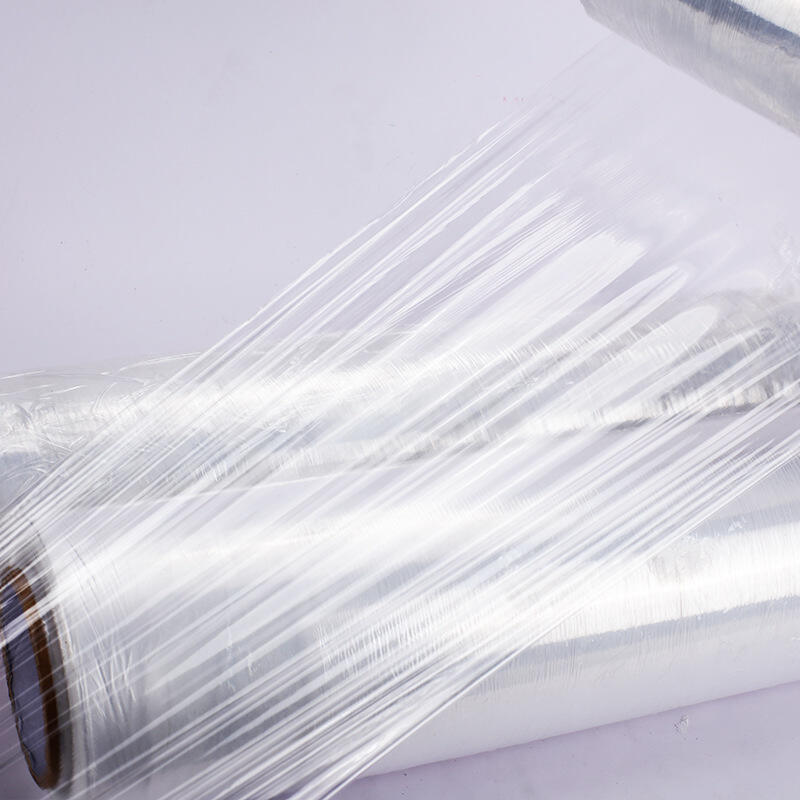Introduction
Plastic films have become an indispensable part of the packing industry, offering a versatile and efficient solution for a wide range of products. Lightweight, durable, and flexible, they can guard or preserves used in transporting foodstuffs whether it's bulk goods like wheat, flour, or meths. This article aims to explore the primary types of plastic films used in packing, their exceptional properties and applications, and the particular things to consider when picking out a film for some specific kind of pack job.
Low-Density Polyethylene (LDPE) Films
Low-Density Polyethylene (LDPE), flexible and transparent, has good resistance to water vapour and is widely used in plastic bag making, the production of shrink films and even agricultural run-off. Its soft, elastic material and the near-zero temperature under which it melts at, makes a well airtight seal. However, it has a low resistance to gasses, which means there will be intermingling of oxygen with the contents unless it is carefully chosen for packing specific foodstuffs. Despite its drawbacks, LDPE is very inexpensive and easy to process. For this reason it gains wide acceptance in a variety of packing applications.
High-Density Polyethylene (HDPE) Films
High-Density Polyethylene (HDPE) films are denser and more robust than LDPE, making them suitable for applications requiring increased strength and resistance to puncture or breakage. HDPE is often used to produce heavy duty bags, milk bottles and containers for household chemicals. It also has a high melting point, which means that it is suitable for products needing to be sterilized before they are packaged. Although HDPE has better strength and barrier properties than LDPE, it is not so flexible and quite opaque in comparison, both factors which must be borne in mind when designing a package.
Polyvinyl Chloride (PVC) Films
Polyvinyl Chloride (PVC) films are noted for their clarity, durability and resistance to chemicals and oils. Due to these properties and the way in which they help maintain product integrity throughout a package's life-cycle, PVC films are commonly found in blister packs for pharmaceuticals, medical devices (in general), and blood bags. However, environmental concerns surround PVC due to its chlorine content and because toxic emissions may be released during both production and disposal of the product. Therefore, there are strict regulations on use of this country material in packing, and many industries are looking for alternatives.
The Benefits and Uses of Polypropylene (PP) Films
Polypropylene films, recognized for their exceptional tensile strength, heat resistance, and good barrier properties preventing the intrusion of water or air. The broad range of property rate of PP film makes it suitable for food packaging, which must keep food fresh without spoiling change, and as a pharmaceutical material compounded in place with other substrates for containing medicines on the secondary packaging level (inner products need not come in direct contact with air). PP films are also used in packaging materilas that must withstand sterilization. Despite its high performance, however PP can be more expensive than other plastics, and its recyclability is constrained by the difficulty of distinguishing from many types of plastic films.
Why Use Polyester (PET) Films?
Because of its high breaking strength, heat resistance, and excellent after-barrier to gas and moisture. These properties make PET films ideal as flexible food packaging materials which must maintain the enclosed substance without spoilage for a long period of time, but they also see wide use in drink containers such as bottles. This means on the one hand its transparency is an advantage for marketing purposes and, on the other, that it meets the increasingly stringent recycling requirements prevalent in industrialized nations nowadays When companies are thinking of adopting more eco-conscious packaging policies, their attraction lies with the environmental structure offering potential material savings from every source (above).
High Quality and Generalities of Nylon (Polyamide) Films
The advantages of constant strength, rigidity and barrier performance of polyamide film make it a superb choice for packaging materials in food and drinks with a long shelf-life as well as pharmaceutical products. In industry, Nylon films also are good at blocking UV light, making them perfect for outdoor applications. However, on the other hand, because it does contain a dipolar group of quite outstanding stability in the molecule there is always some residual optical activity above what was predicted by its chemical structure alone. So while at first glance investors may feel that they can relax about their investment in property film polymers such as these--on closer examination you need to prepare for highly accurate processing and this could take time expensive machinery specially designed to process polymers like polyhydroxy by the equipment company alone.
Biobased and biodegradable plastic films The search for sustainable packaging solutions has produced biobased biodegradable and. These he rigid films are cathedralized from a variet of renewable source s (corn starch, sugarcane, polylactic acid) and of course some petrochemicals, but after being processed which has minimal effects on the environment. Biodegradable films offer an environmentally friendly alternative to traditional plastic packaging, reducing the environmental burden of waste materials. However, their performance may vary and degradation rates can be affected by factors such as temperature and humidity.
Muti-layer and Co-extrusion Films
Muti-layer and coextruded films are made from two or more layers of different materials, all laminated together into one piece. They can be engineered to provide improved barrier performance, strength, heat-resistance or what-have-you. These films are not limited to one kind of packaging application, but can be used in a wide range. The more layers there are, the better the film can be customized in terms of gas crossover or moisture barriers; you'll also use thinner films and consume less material.
Special Plastic Film
Specialty plastic films are made to meet specific needs in packaging, like anti-static films for electronics, heatshrinking films for product grouping and decorative/metallised films. These films have unique properties that may substantially improve the convenience and efficacy of packing. They thus supply tailored solutions for certain industries or products, and are quite different from ordinary plastic protective materials.
Comparing different types of plastic film Each type of film offers its own unique combination of properties, costs and environmental ramifications. The decision will depend upon the particular requirements of the product being packaged, including such factors as the need for barrier protection, strength, heat resistance and considerations of environmental sustainability.
Future direction of plastic film packaging
Plastic film packaging's future may well view a further focus on materials and manufacturing processes as society searches for more sustainable, better options. With new technologies emerging - such as nanotechnology and biotechnology - we can expect that they will yield new materials improved properties and lower environmental impact. em0 Emerging technologies, such as nanotechnology and biotechnology, may lead to the development of new materials with improved properties and reduced environmental impact.
Conclusion
The diversity of plastic films available for packaging applications reflects both the disparate requirements of various industries and consumers. From traditional LDPE and HDPE to new biodegradable and specialty films, every type has unique virtues and disadvantages best suited to particular usage scenarios. With container designs evolving and the need for products that are both environment friendly and cost-effective getting ever more urgent, the choice and development attributes of plastic films will be shaped by these requirements for performance and sustainability.
Table of Contents
- Introduction
- Low-Density Polyethylene (LDPE) Films
- High-Density Polyethylene (HDPE) Films
- Polyvinyl Chloride (PVC) Films
- The Benefits and Uses of Polypropylene (PP) Films
- Why Use Polyester (PET) Films?
- High Quality and Generalities of Nylon (Polyamide) Films
- Muti-layer and Co-extrusion Films
- Special Plastic Film
- Future direction of plastic film packaging
- Conclusion


